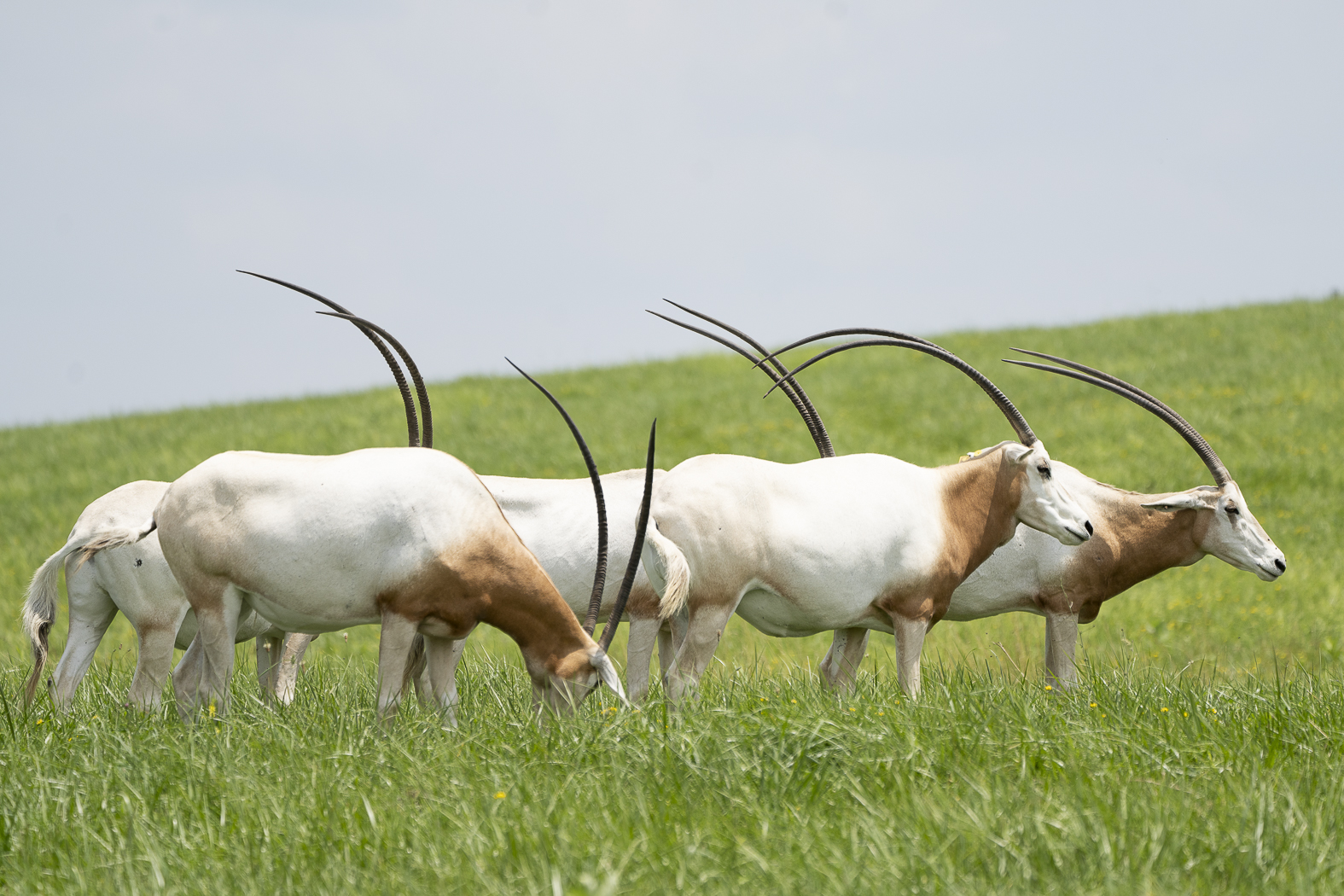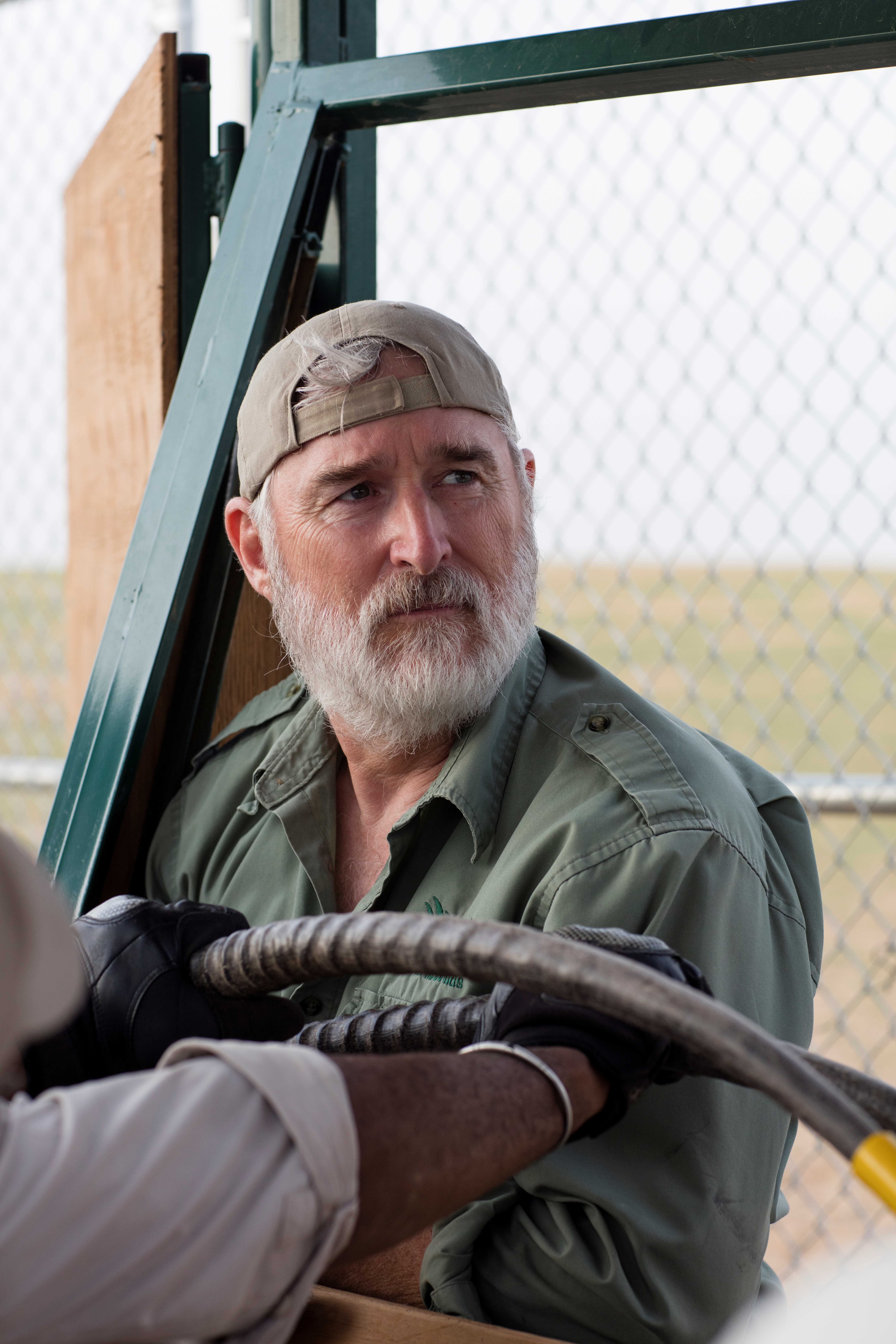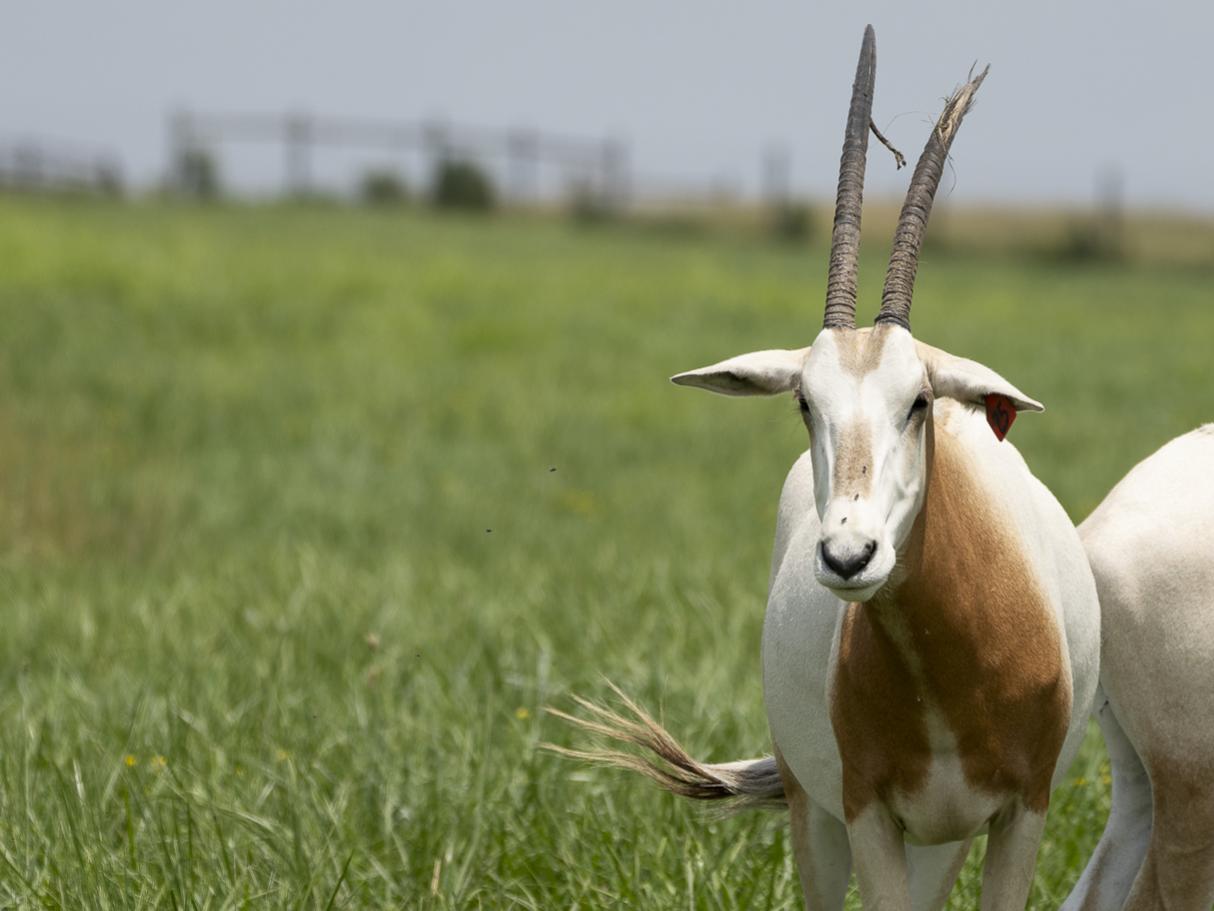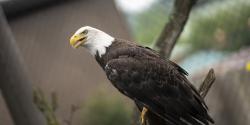This story originally ran in the biannual newsletter of the IUCN SSC Antelope Specialist Group (ASG). First published in 1982, the GNUSLETTER, shares reports and information regarding antelopes and their conservation.

When I was a rookie zookeeper way back in the early 1980’s, the very first antelope I ever worked with was a Scimitar-horned oryx. I was impressed with their beauty and strength. I started digging through books to read more about them and learned that these animals were close to extinction in their native range.
At the same time, the American Zoo Association (then the AAZPA, now known as the Association of Zoos and Aquariums (AZA) had a relatively-new concept called a Species Survival Plan (SSP). Scimitars-horned oryx were one of ten species selected to become SSPs when the program started in 1981. Here was a plan to keep this species from going totally extinct by ensuring the zoo population was as genetically diverse and demographically stable as we could make it.
As a young, idealistic keeper, I was all in.
I wanted to do all I could to support this program. Fast forward about thirty years, and I am now the Director of Animal Management at The Wilds, a conservation center in rural southeastern Ohio, and I’m also serving on the AZA Antelope, Cattle, Giraffid, and Camelid TAG Taxon Advisory Group.
When I first learned about the discussions to develop an oryx release project in Chad, I was hopeful that the zoo world could contribute. When the call came for animals from the United States to augment the genetics of the new World Herd being constituted in Abu Dhabi, The Wilds was happy to contribute. One of the benefits of managing large herds is that we could send a few animals out for a project like this when needed. We waited and watched for updates on the project. In 2016, I was thrilled when I got the word that the first group of oryx had been released. I was even more excited when I got an email a short time later informing me that three animals born at our facility in Ohio were part of that first release group!
I really wanted to be a part of this, so I managed to get myself invited to join the team in Chad in 2017.

When we got to the base camp, one of the first things I did was sit down with Tim Wacher to compare ear tag and tracking collar numbers to figure out which animals were from The Wilds. Tim made sure I got to see each animal from The Wilds when we were out with the tracking team, and I was also able to help place the tracking collars on the next set of oryx and be there to watch them walk out when the gates were opened for the release. Going out with John Newby on our last night at base camp was another favorite memory... We found and watched the group of animals that had been released just days before!
It is easy to get caught in the doom and gloom cycle doing conservation work. Projects like this, where all of the necessary pieces line up successfully, are rare. Getting a chance to visit Chad and see the team from Environment Agency - Abu Dhabi, Sahara Conservation, the Chadian government, the Zoological Society of London, and Smithsonian all working together was inspiring. It is hard to put into words how I felt when I looked through binoculars and saw a wild oryx wearing an ear tag that The Wilds team had placed in the animal’s ear not long after it was born in back in Ohio. I can tell you that it took about six months before I could give a presentation about the project and show photos of The Wilds’ animals in Chad without getting emotional. It took me back to the beginning of my career when the idea of seeing scimitars in their original habitat again was just a dream.
I feel honored to have been a part of this effort and proud that we can tell our guests at The Wilds that the scimitars they see here have relatives running free again in Chad.











